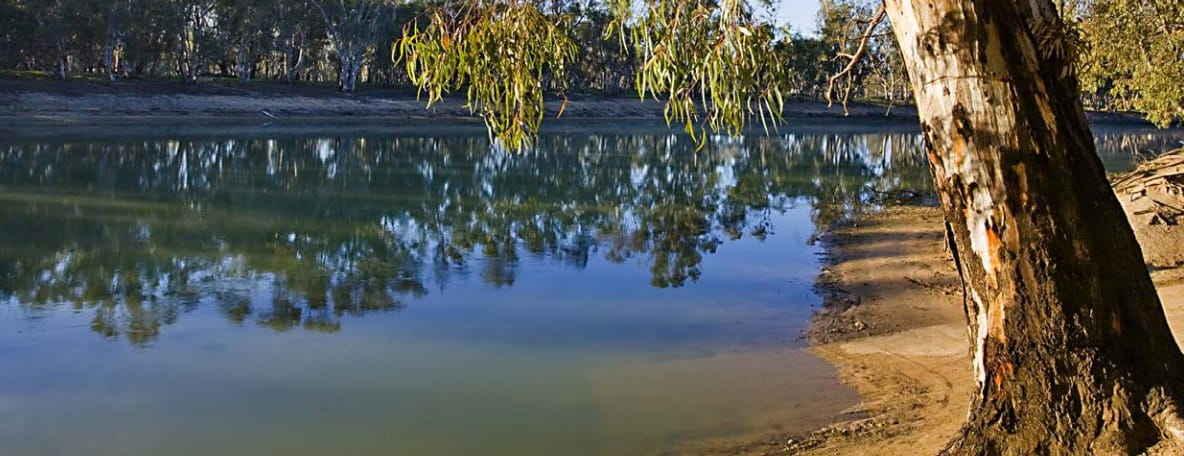Inland waterway drowning statistics - WA

An inland waterway refers to a system of natural or artificial bodies of water including rivers, creeks, lakes, dams, gorges and channels.
Western Australia has 642 lakes and 208 major rivers stretching 25,000 kilometres between them. Between 2009-2019, 75 people fatally drowned at inland waterways in Western Australia, accounting for 21% of total drowning deaths.
- Males were 6.4 times more likely to drown than females at inland waterways
- Drowning risk was greatest among adults aged 25-34 years
- 19% of drowning deaths involved Aboriginal Australians, who were 5.8 times more likely to drown than non-Aboriginal Australians
- The majority of drowning deaths occurred at river locations (41%), followed by lakes (21%) and dams (12%)
- Culturally diverse communities were over-represented in the drowning data, with 39% of incidents involving someone born overseas
- One third occurred at remote or very remote locations, with the Kimberley region recording the highest drowning rate at inland waterways (3.6/100,000)
- Alcohol was a factor in 25% of cases, with the average blood alcohol reading more than 3.5 times the legal limit for driving (0.183%). The highest recording was 0.306%